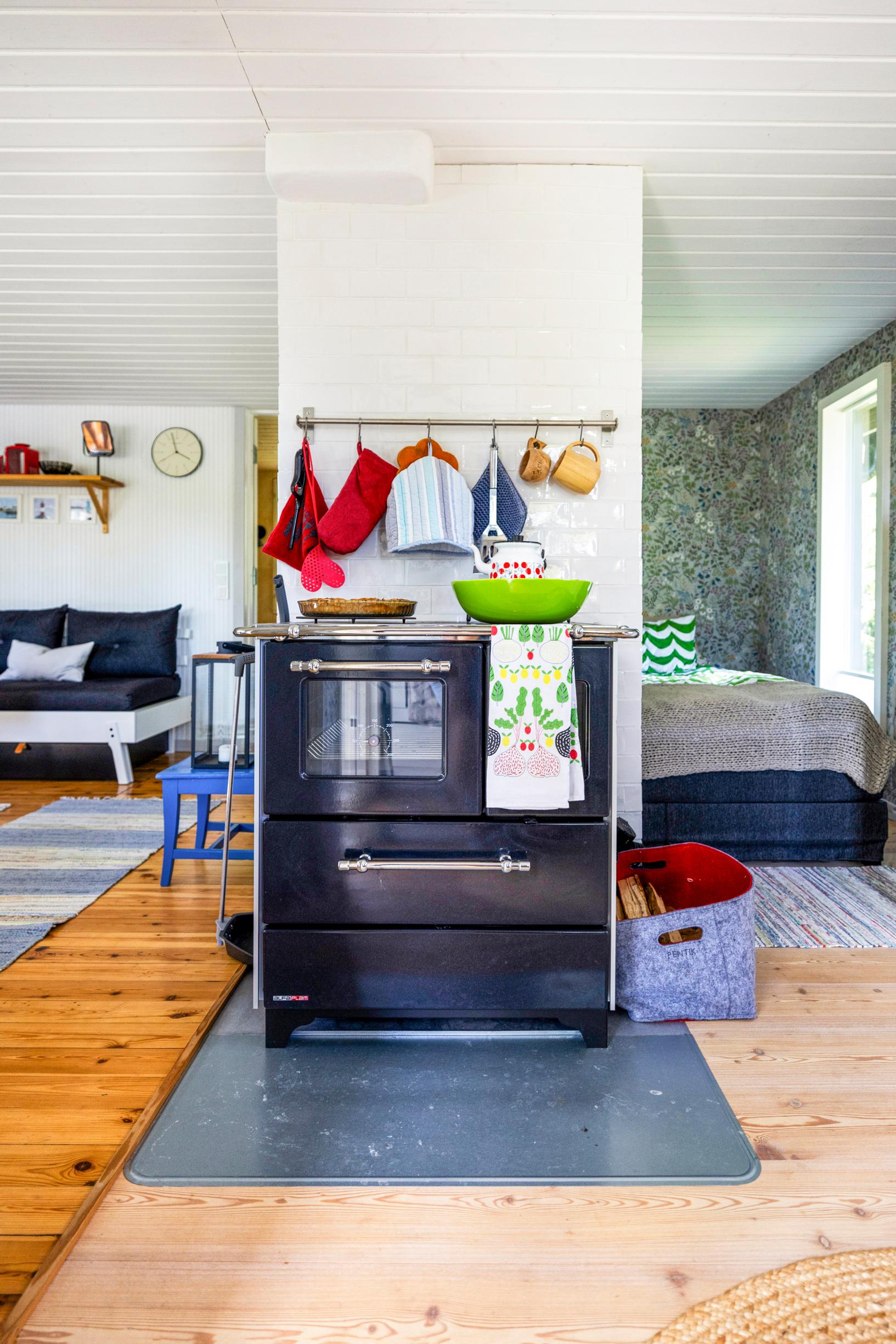
Heidi and Arto’s creative cottage makeover: from sauna to sleeping nook, from dressing room to kitchen
During the renovation, the old sauna dressing room became a kitchen, while the sauna turned into a sleeping nook. By removing walls, the once-cramped sauna cottage became a functional and convenient space.
Starting point
Heidi and Arto’s 1960s sauna cottage measures just 26 square meters (280 square feet). Previously, half of that space was used for the sauna and dressing room. The other side was a living area so small it could only fit a tiny dining table and a pull-out sofa. The building was in poor condition: carpenter ants thrived in the structures, and paint peeled from the exterior walls.
They first renovated the old woodshed and sleeping shed into a new sauna and guest room. Next, they decided to convert the original sauna and dressing room into a sleeping nook and kitchen, all in one open space.
Spaces before the renovation:
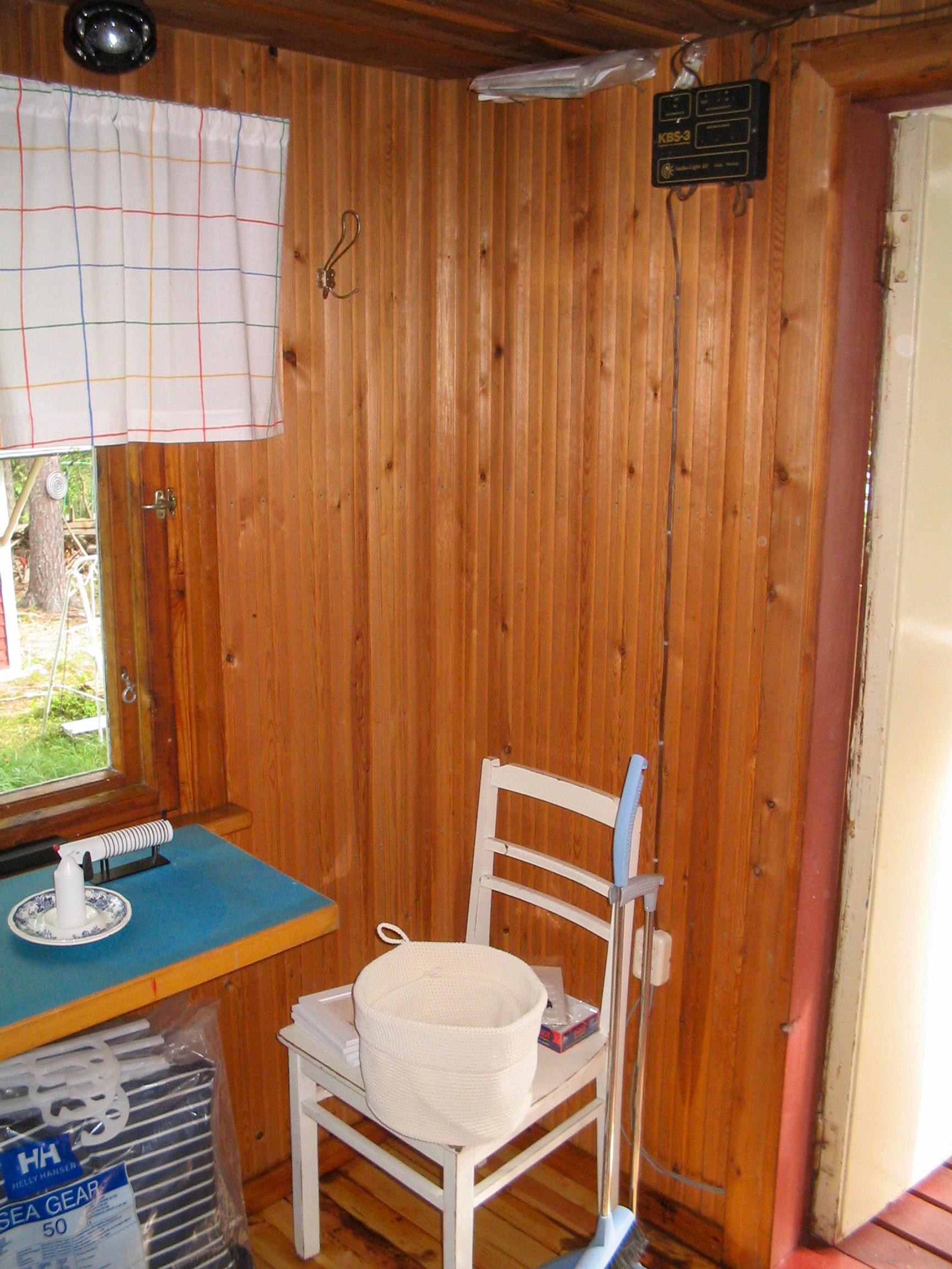
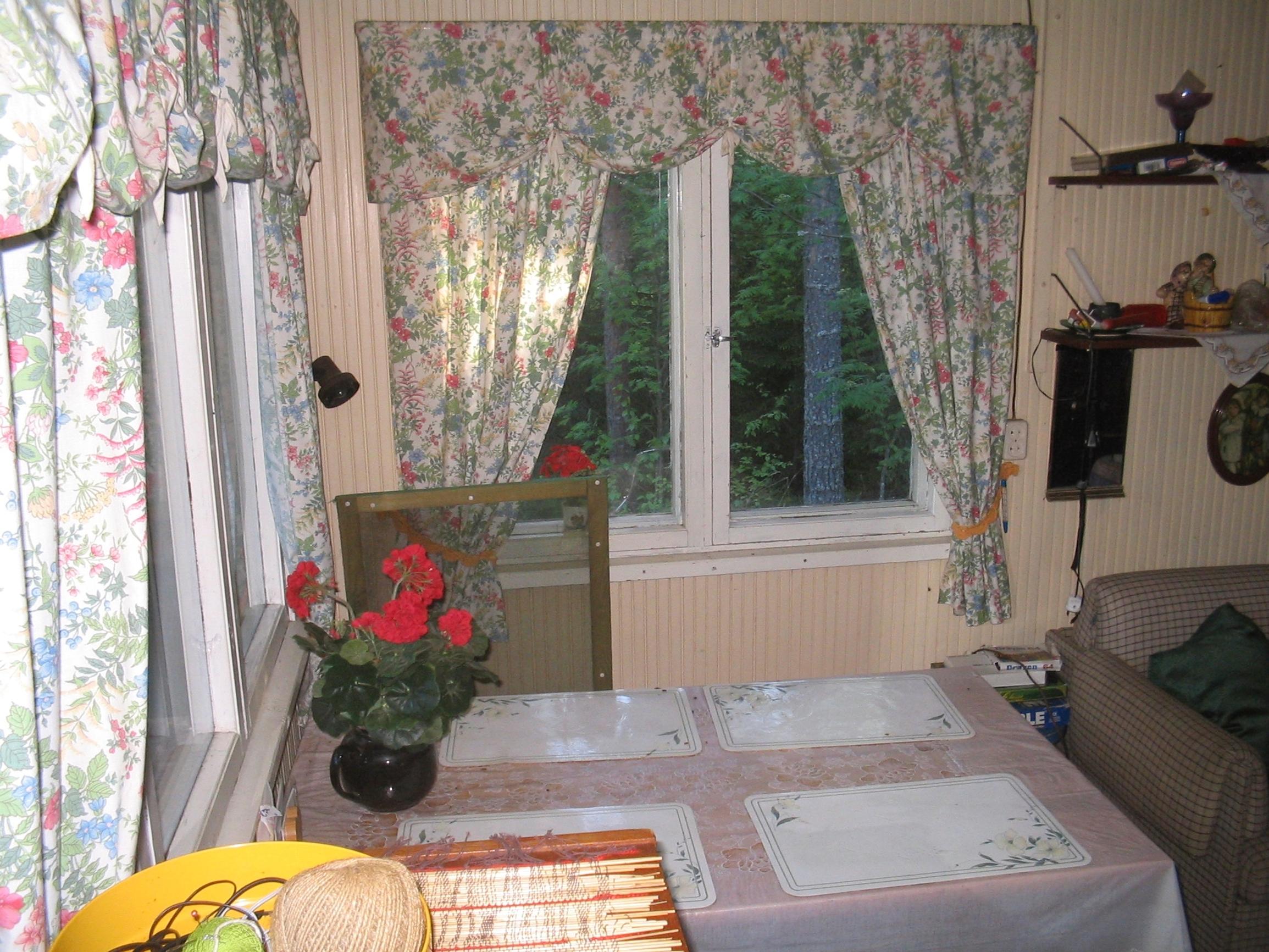
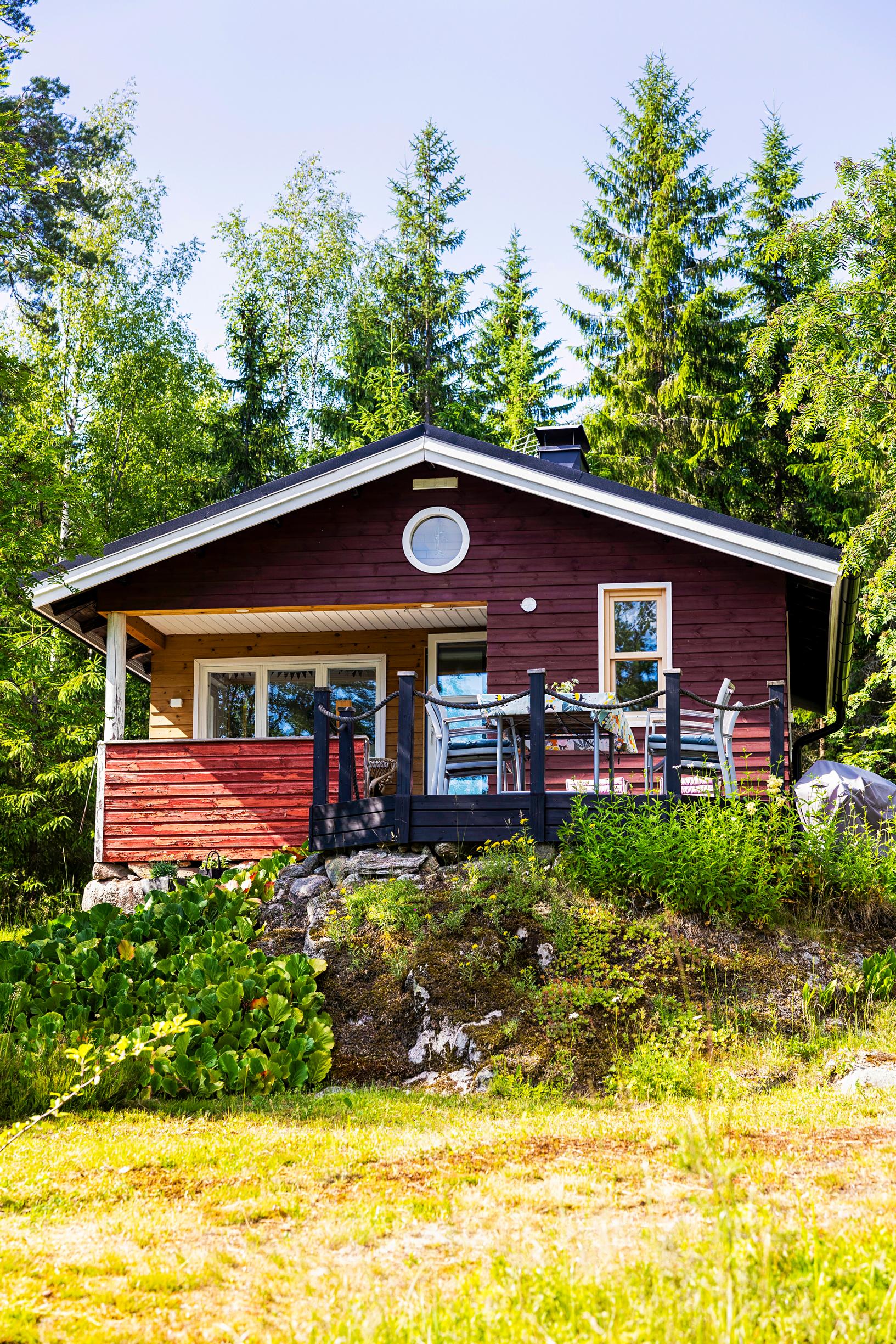
Work stages
Arto planned the renovation within the old framework. A corner carved out of the porch added three extra square meters (32 square feet) for the kitchen. Some walls had to be removed, but the living room’s finishes didn’t need changes. Arto tore out the sauna and washroom, saving anything he could reuse.
They installed underfloor heating in the renovated section. The floor is larch parquet on top of plywood. Another heat source is a newly purchased wood-burning stove. Light-colored clinker tiles bring character to the white wall behind which the sleeping nook was built.
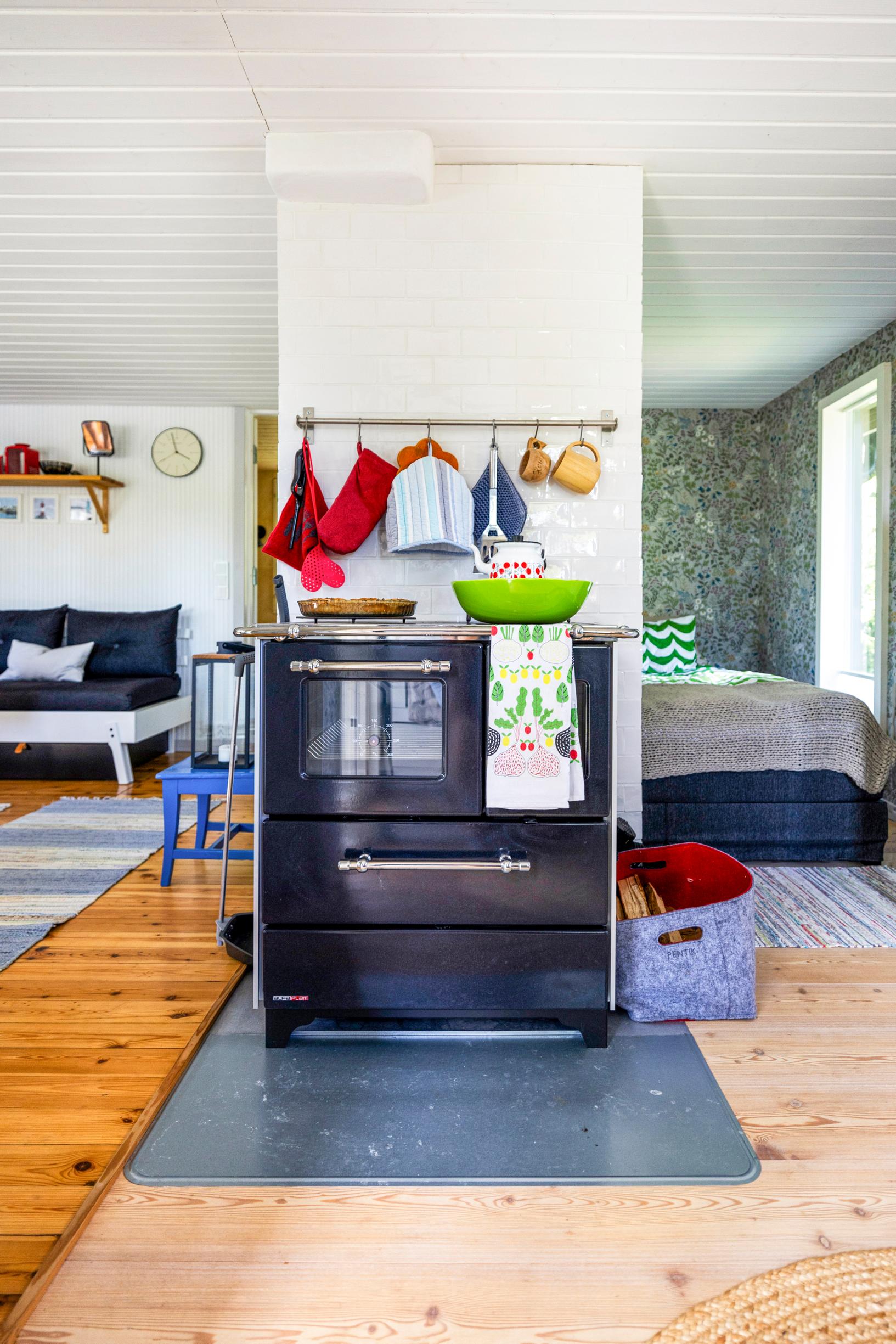
For their newly plumbed kitchen, the couple chose a blue-gray cabinet set from Ikea. Delicate floral wallpaper went up easily on the plywood panels. They found wooden paneling for the new side’s ceiling at a local carpentry shop. Outside, the old roof remained under the underlayment.
Heidi and Arto wanted the same angled tongue-and-groove boards used on the sauna building. After a persistent search, they found heat-treated boards nearby.
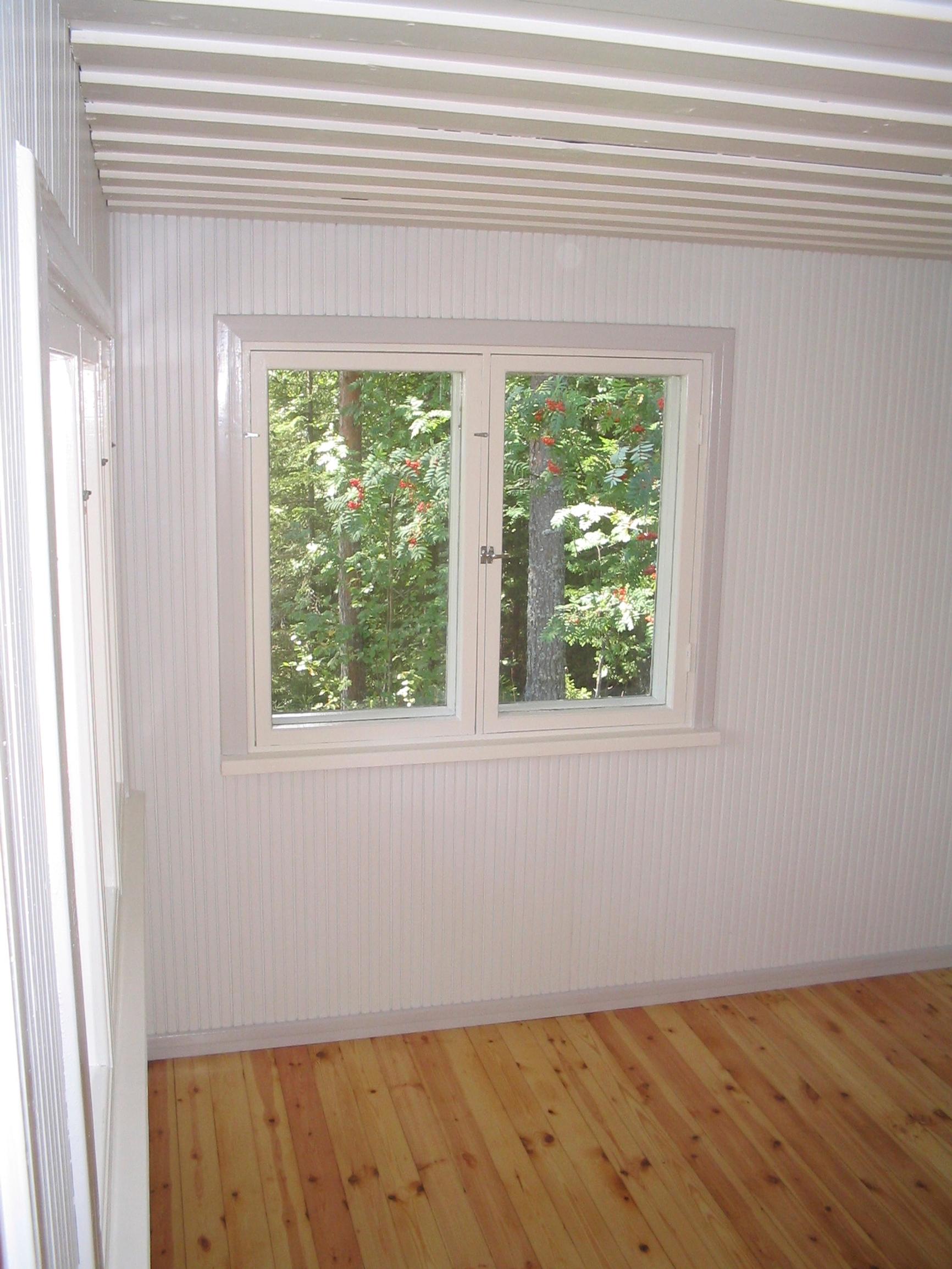
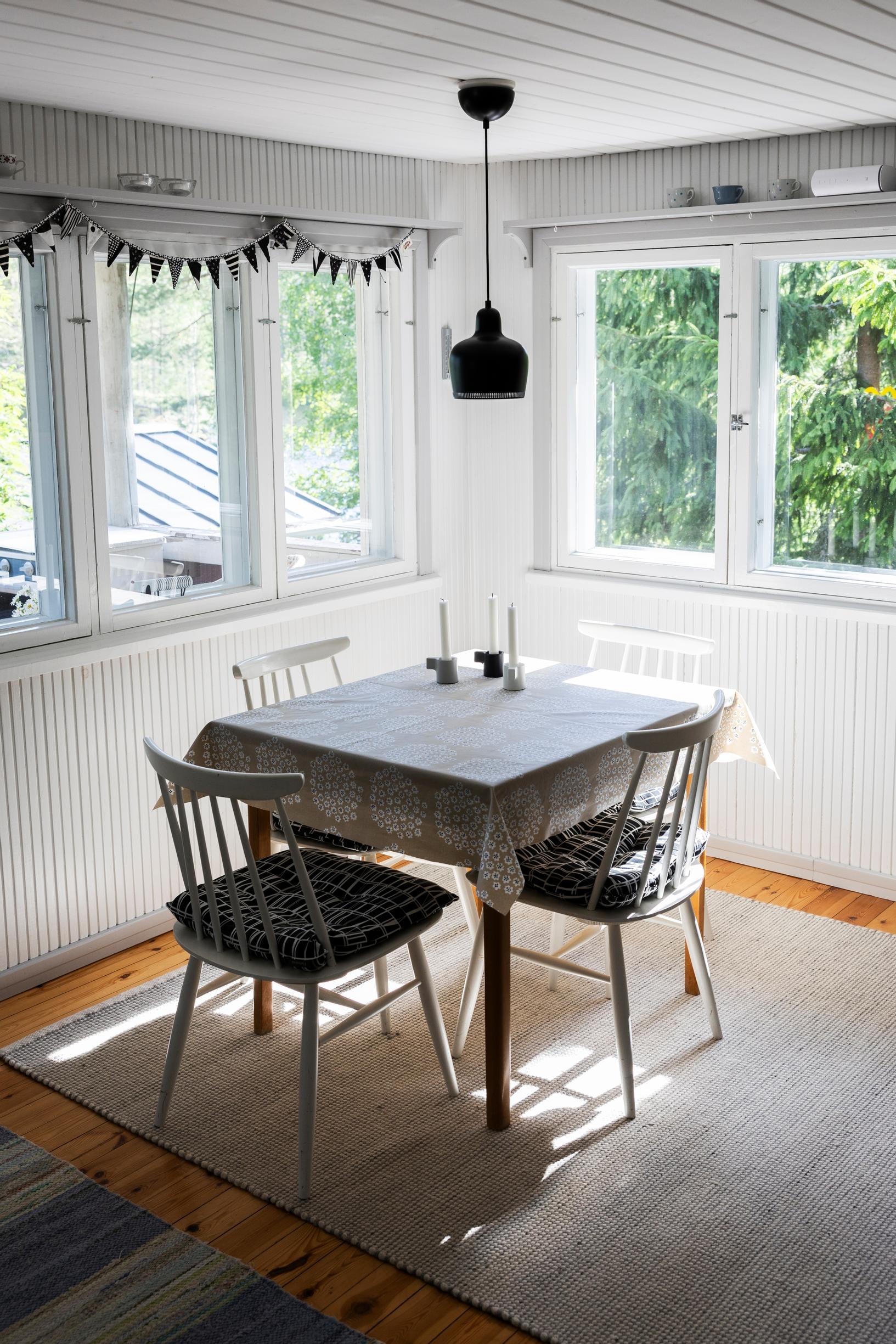
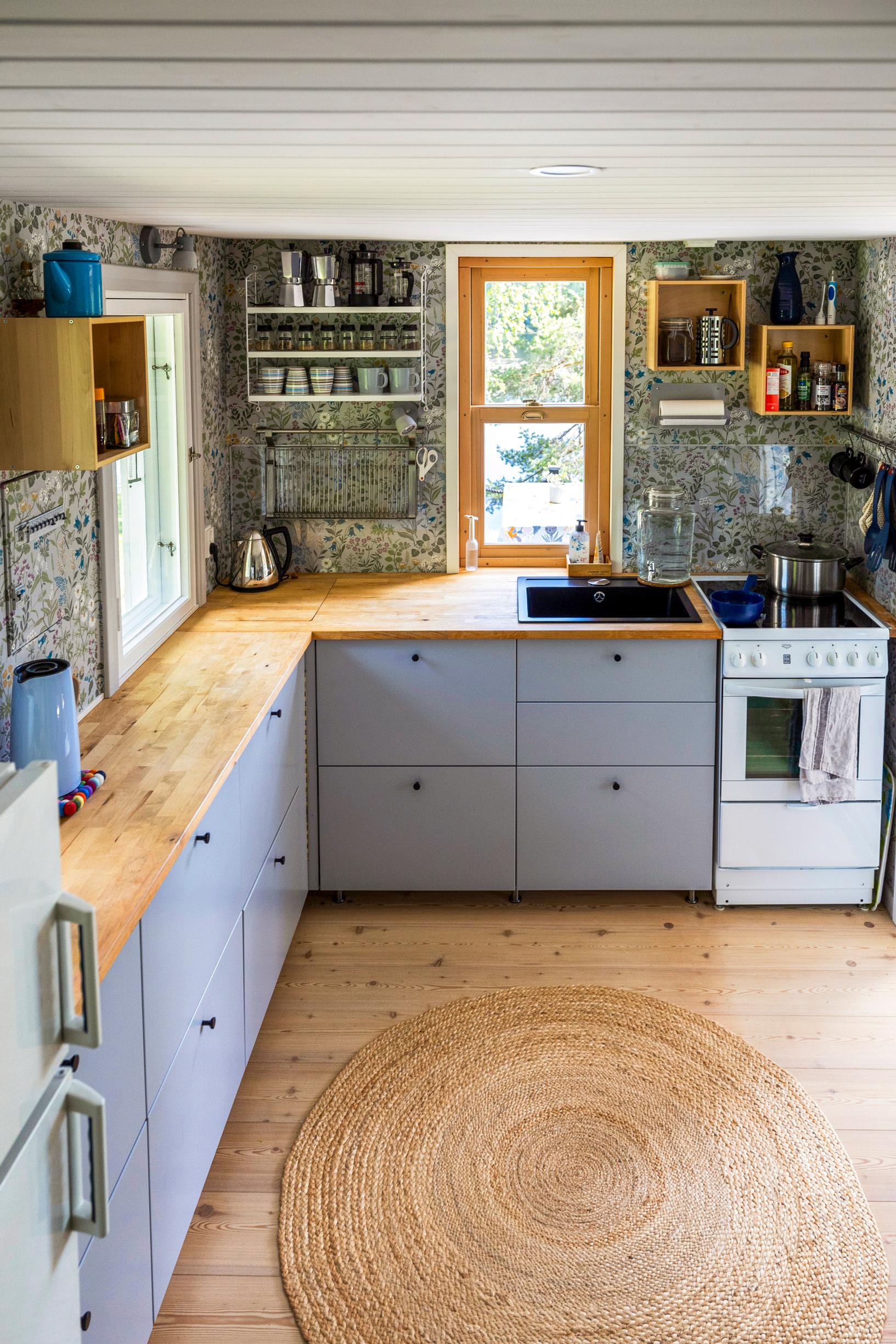
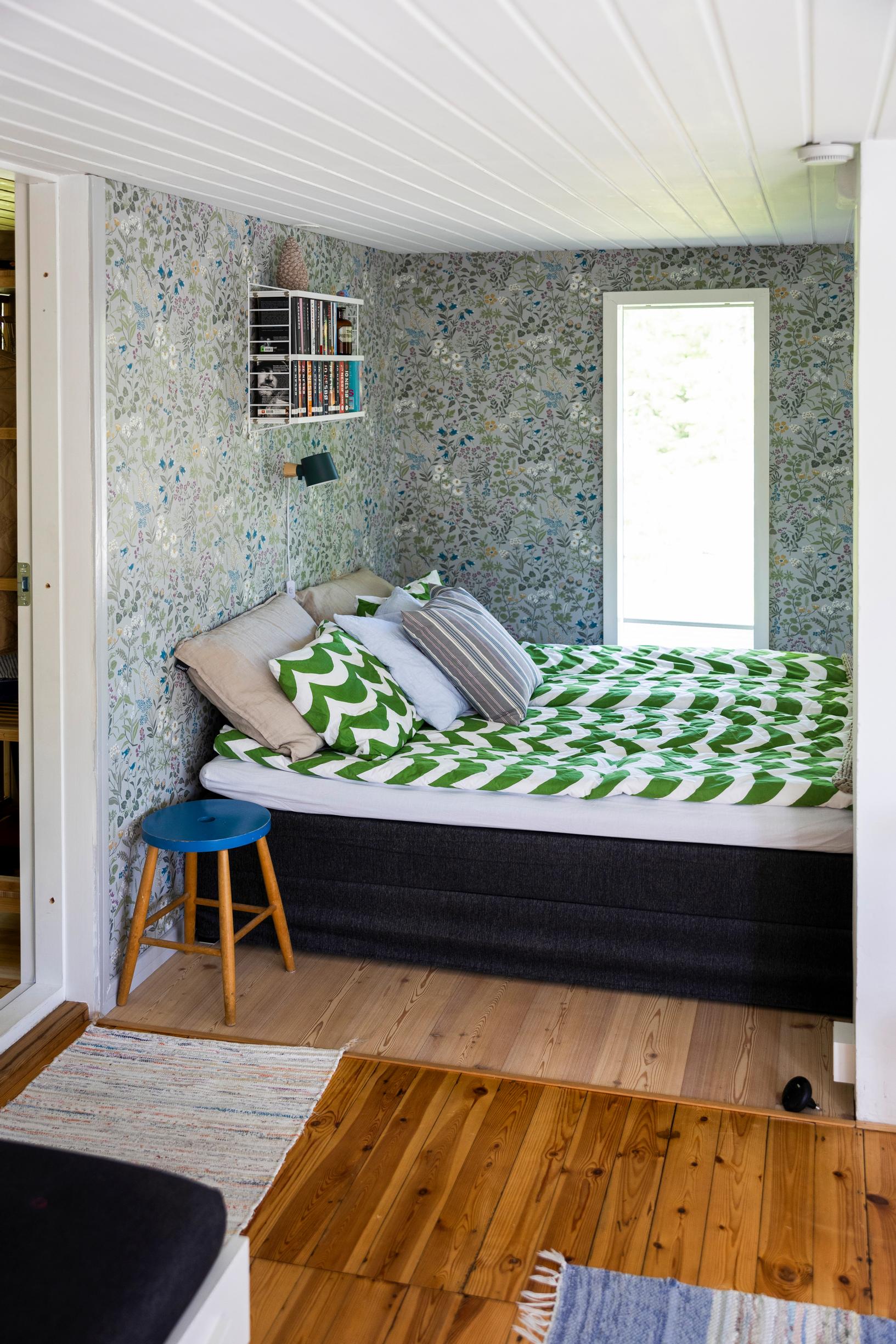
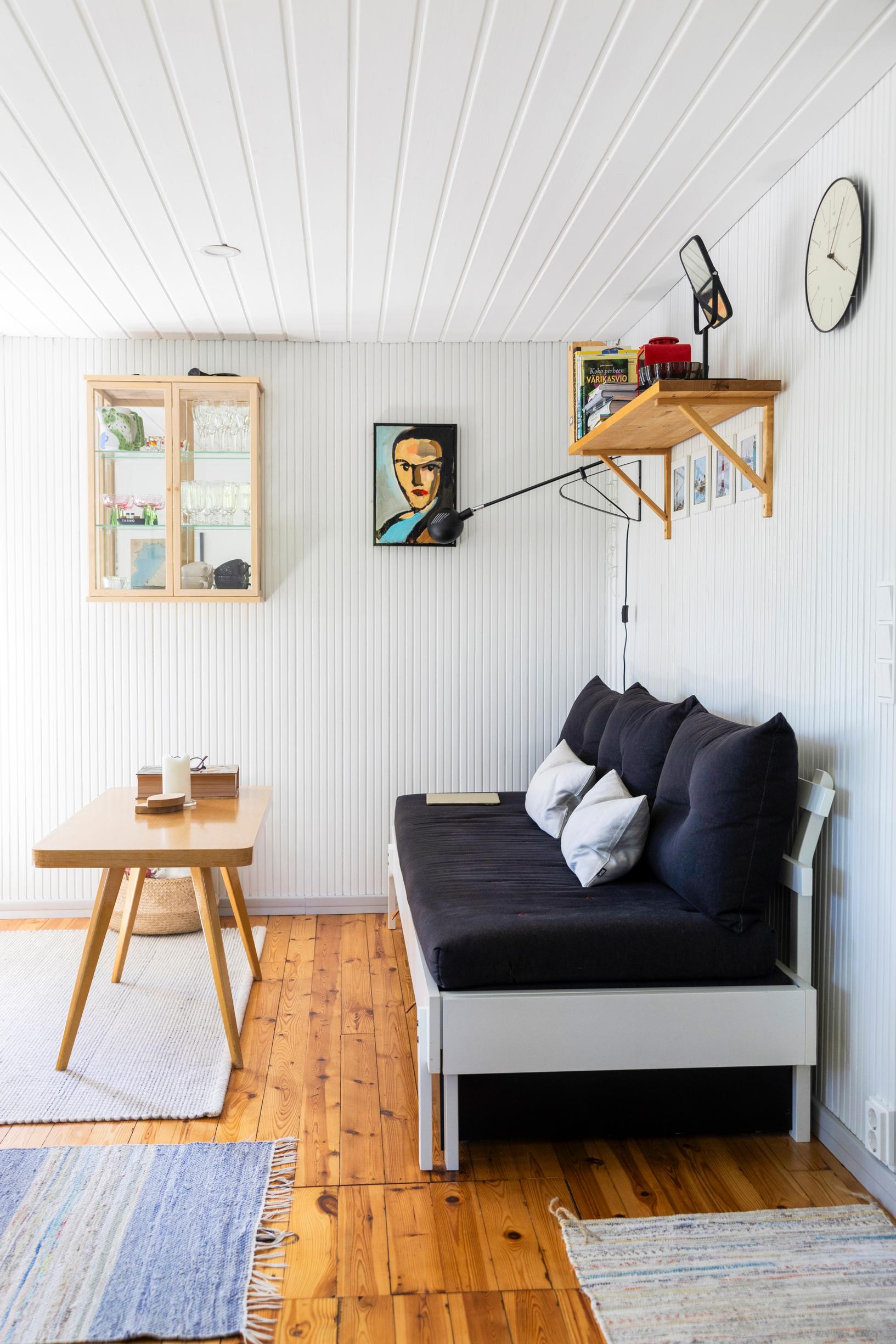
The outcome
Though still small, the cottage is now much more practical, offering far more storage than before. It’s also full of bargains Arto found at affordable prices on the Tori marketplace, such as the tongue-and-groove siding, plywood, front door, tall narrow windows, the small pass-through window, the electric cabinet, and much more.
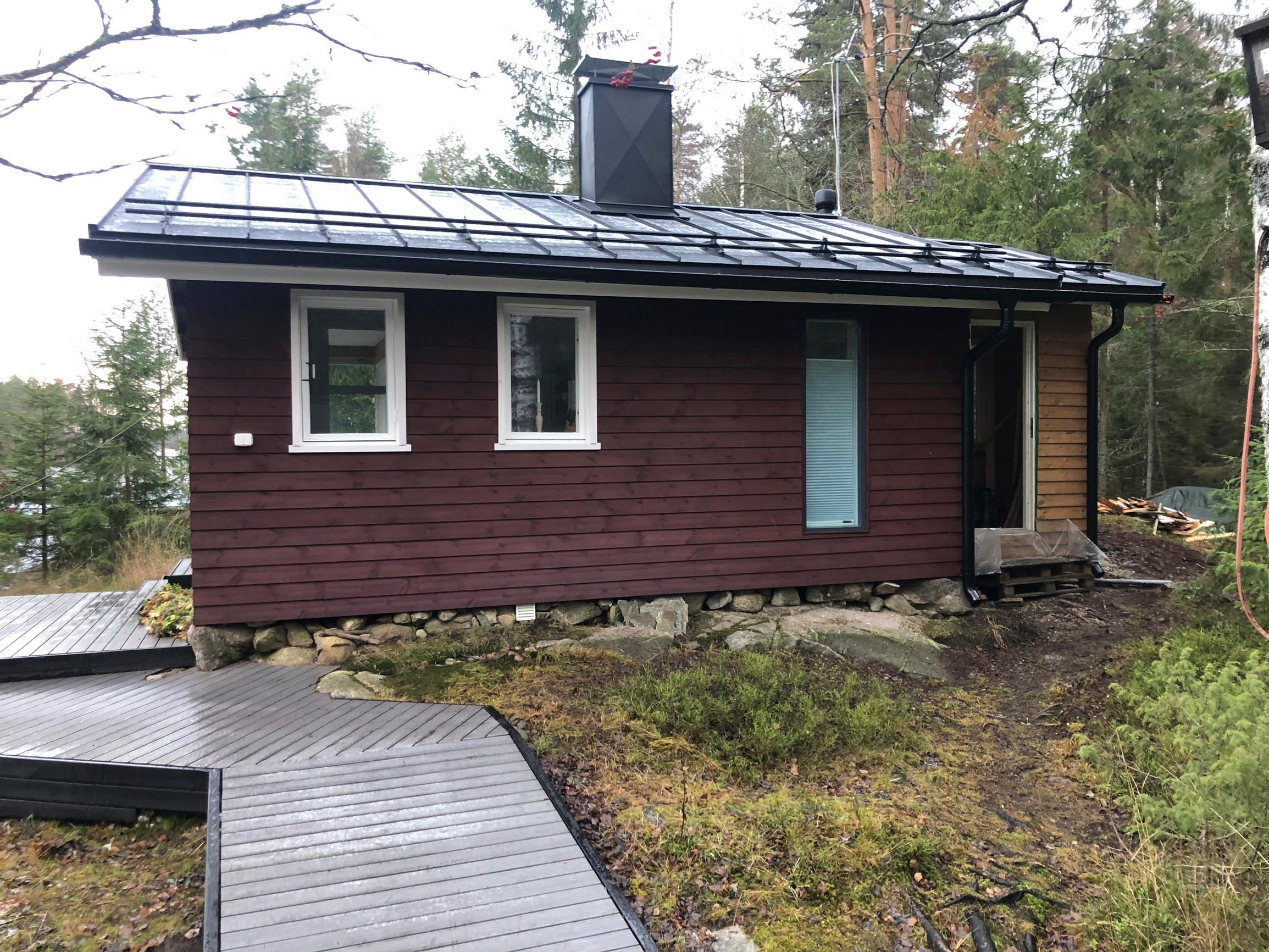
Lessons from the renovation
- The cottage renovation took two years and cost about 13,500 euros (approximately 15,800 dollars). Arto saved money by doing almost everything himself. He even learned plastering when he couldn’t find a professional mason.
- The first renovated sauna cottage served as a temporary home, so there were no breaks in sauna time.
- Because the building is low, there are no upper cabinets. The kitchen layout is easy to rearrange, since the renovation created three possible spots for the electric stove.
- Finding the right shade of red for the sauna cottage was tricky. The same paint appears differently on new and old boards. They settled on the correct color after five test batches. Arto then calculated the exact mixing ratio himself and brought it to the paint store.
- A coordinated color scheme keeps the cottage environment cohesive: older buildings are red, newer ones are black, and all have black sheet-metal roofs.
- Round windows tie the look together. Both the cottage and the sauna building feature them now.
- Arto checks Tori every day and advises waiting before making an offer, as prices often drop.
- Clinker tiles for the divider wall are pricey and hard to find. They eventually discovered suitable tiles at the bottom of a box at a supply store and got them at a clearance price. It’s always worth asking around.


